Last week InComm and Amex announced that InComm would acquire American Express’ Serve technology platform (which also includes Bluebird and REDbird) and would become the exclusive distributor of all Amex prepaid cards in the US. Bloomberg describes this as the end of Amex’s $300 Million prepaid tech experiment (Amex originally bought Serve technology for $300 Million).
I think it’s smart of Amex to give up their prepaid products. Amex’s brand has long been about great service for high net worth customers. Their prepaid products were exactly the opposite: terrible service for the unbanked.
But, for those of us who seek credit card rewards, Amex’s prepaid products have been great… until they weren’t. Does this technology and product migration from Amex to InComm mean changes are coming? Will they be good or bad for us? Let’s take a look back before looking forward…
5X everywhere
Amex prepaid reloadable cards have long been a key ingredient towards the pursuit of miles & points. In 2012, I published “One card to rule them all.” I had found these things called “Vanilla Reload Cards” at Office Depot. I was able to buy them with a Chase Ink card in order to earn 5X rewards, and I was then able to load their value online onto an American Express prepaid reloadable card (no longer available). By using the Amex reloadable card to make everyday purchases and to withdraw cash from ATMs, this was a great way to indirectly earn 5X everywhere.
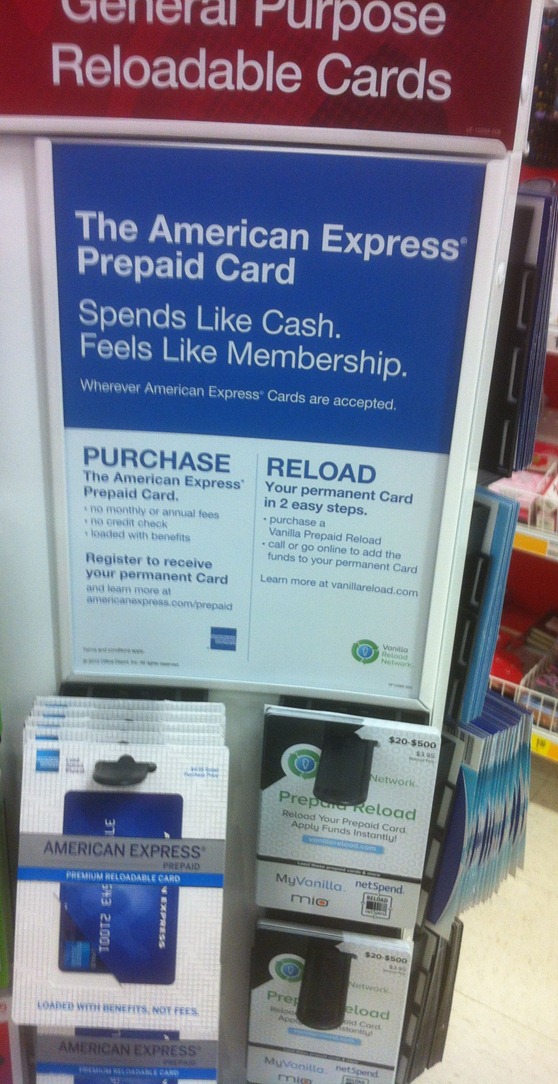
Bluebird and near perfect manufactured spend
Later that same year, Amex and Walmart introduced a new prepaid reloadable card: Bluebird (see: Bluebird takes flight and changes the game). On paper, Bluebird is a fantastic no-fee option for those without checking accounts. In practice, it has been hit or miss. Most of the “miss” has come from Amex’s terrible customer support for their reloadable prepaid products. But for those who simply wanted to earn credit card rewards, Bluebird was terrific.
Bluebird could be loaded with Vanilla Reload cards (just like the old Amex prepaid cards) or by debit gift card at Walmart. This gave us two easy options for “feeding” the bird. One was to buy Vanilla Reload cards at stores that sold them and allowed them to be bought by credit card. Another was to buy Visa or MasterCard gift cards with credit cards and use those as debit cards at Walmart to load Bluebird.
The biggest advantage of Bluebird over the old prepaid cards was that Amex made it easy to withdraw money from Bluebird. You could withdraw for free from Walmart ATMs. You could link your bank account and simply move the money from Bluebird to your account. Or you could use Bluebird’s free bill pay feature to pay anyone for any reason. One popular option was to use it to pay credit card bills. This made for a near perfect manufactured spend opportunity:
- Load Bluebird indirectly via credit card (either with Vanilla Reload cards or Visa/Mastercard gift cards)
- Pay credit card bill with Bluebird
There were small fees involved either for buying Vanilla Reload cards or for buying Visa/Mastercard gift cards, but as long as you used a credit card that earned rewards that exceeded the fees, you would come out ahead.
It wasn’t long after Bluebird’s launch that Office Depot stopped allowing customers to pay for Vanilla Reload cards with credit cards, but that was OK. We moved on to other stores that still allowed it (CVS, for example).
Serve evolves
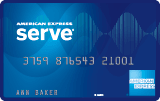
Bluebird was built on the same technology platform as an older Amex prepaid product called Serve. Serve initially didn’t have much going for it, but after Bluebird came out, Amex slowly added the best Bluebird features to Serve. Eventually Serve became better than Bluebird in almost all ways. The primary advantages were that it was possible to load $1,000 to $1,500 online with a credit card (and these loads earned rewards at the time), and it was possible to reload at more stores than just Walmart.
Vanilla Reload dies for many
For a couple of years, my primary method of manufacturing spend involved buying Vanilla Reload cards at CVS. That option came to a screeching halt in April 2014 when CVS stopped allowing Vanilla Reload cards to be bought with credit cards. Some people found local non-CVS stores that continued to allow credit card purchases of Vanilla Reload cards, but for most of us, this option was dead. Instead, we turned to buying Visa and Mastercard gift cards to reload Bluebird or Serve at Walmart.

The rise and fall of REDbird
In October 2014, Target quietly rolled out The Target Prepaid REDcard to select markets. This card was built on the same platform as Bluebird and Serve and shared most features. As a result, we dubbed it REDbird. The main difference was how the card was loaded. You couldn’t load it at Walmart, but you could load it at Target. More awesomely, you could load it at Target with a credit card and for free.
Suddenly, perfect fee-free manufactured spend was possible:
- Use credit card at Target to load REDbird for no fee
- Use REDbird’s bill pay feature to pay your credit card bill for no fee
The result was completely free and easy credit card rewards.
Seven months after REDbird’s introduction, Target stopped accepting credit cards for reloads. Then, 5 months after that, they stopped accepting debit cards. For miles and points purposes REDbird was dead (DEADbird).

The Birdpocalypse
 After REDbird, many of us retreated back to Bluebird or Serve. That was fine and dandy until Amex decided that enough was enough. Amex identified accounts with “unusual usage patterns” (read: manufactured spend patterns) and froze them so that no more money could be loaded to them. Worse, once an individual had an account frozen, they found that they weren’t allowed to open other accounts (e.g. if your Bluebird account was frozen, you wouldn’t be able to open a Serve account).
After REDbird, many of us retreated back to Bluebird or Serve. That was fine and dandy until Amex decided that enough was enough. Amex identified accounts with “unusual usage patterns” (read: manufactured spend patterns) and froze them so that no more money could be loaded to them. Worse, once an individual had an account frozen, they found that they weren’t allowed to open other accounts (e.g. if your Bluebird account was frozen, you wouldn’t be able to open a Serve account).
Aftermath
Those of us who manufacture spend, continued to do so via other means. Many, many options have fallen away over the years, but a number remain and occasionally new options are born. We keep track of all of the major options (and changes to them) here: Manufactured Spending Complete Guide.
Bird Future

The sale of Amex prepaid products to Incomm interests me because it may lead to change, either good or bad. My crystal ball is in the shop, so I can’t say for sure what will happen, but I can make a few educated guesses:
- Guess 1: Customer support will remain awful.
- Guess 2: Incomm will slowly add fees over time
- Guess 3: Those of us who were frozen out of accounts before, will have another chance to sign-up (Chuck, at Doctor of Credit, guesses this too)
- Guess 4: Incomm will quickly shut down accounts of those who primarily manufacture spend
In short, I don’t have high hopes for the Bluebird/Serve future. At the moment, I believe Bluebird/Serve to be one of the best options for those who want checking account alternatives, but if Incomm adds many fees that equation will quickly change. For manufacturing spend, there may be a brief revival, but I doubt it will be worth the effort.
What do you think? Is the bird migration to Incomm a good or bad thing?


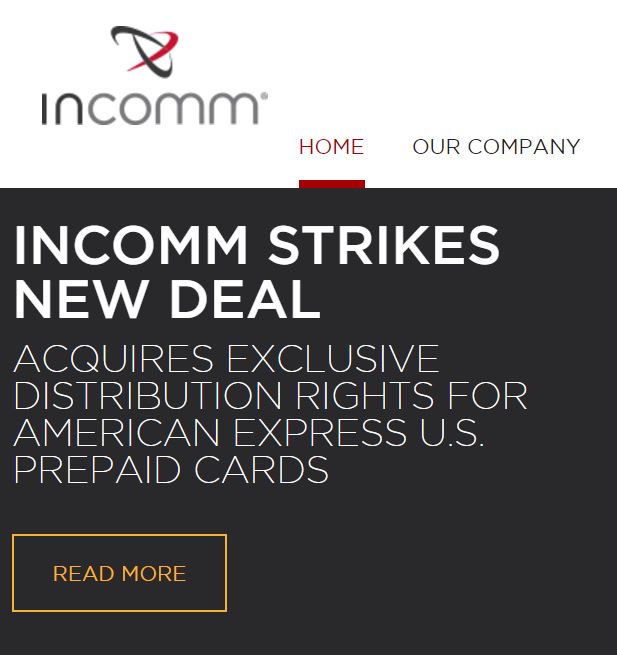
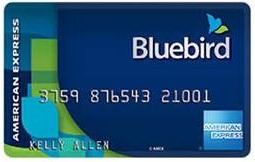
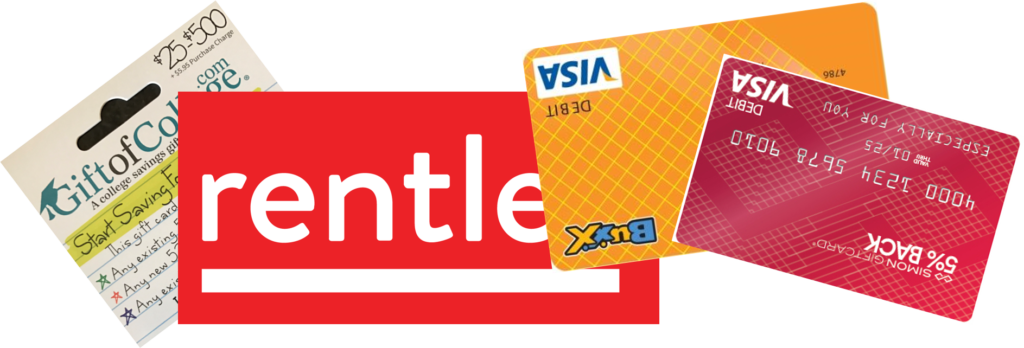

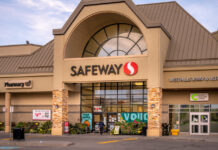

As of December 4. 2017 are there still certain gift cards with PIN numbers that you can use to load Your Bluebird card? Actually to clarify I meant buying those gift cards with a regular credit card and then using the gift card to load the Bluebird card to avoid cash advance fees from my credit card. Any suggestions?
Yes, pretty much any Visa or Mastercard can work for this (but it’s a little trickier with Mastercard). Don’t get Vanilla brand gift cards though as those are treated as credit cards at Walmart for any purchase of $50 or more.
VR was good, but PIN enabled giftcards is the key. Thank to Dodd Frank! I am surprised one of the Bloomberg writer hasn’t write about it….he might be a MSer
The good old days of WMBP easily 20k MS a trip
[…] enjoyed reading this review of the Bluebird era on Frequentmiler. I came in after the Amex prepaid day, in the peak of the Bluebird/Walmart/VR […]
I never bothered to close my BB after it was shut down. So it’s still just locked for loads (for years). I guess I should close it with the hope that I can later open a new account? I suppose there’s not much chance it’ll suddenly be able to load again.
[…] is a good history lesson of the birdie glory MS days of this […]
Gee , you didn’t even mention Reloadit Packs / T- Mobile debit cards . SPG raised my credit limit due to that brief opportunity , since gone away .
Reading through that post was like looking at a photo album from years ago. Those were great times. Such nostalgia.
+1
Great trip down memory lane. Redbird was the perfect MS machine. I may have juggled more than a couple accounts for “friends/relatives”
Best (slight) hope is Incomm assigns a new aggressive marketing person who want to hit some internal metric on volume and does some promos that makes Serve MS useful for a period.
I’m very grateful Bluebird is dead – my local WMs only see us few remaining long-time MSers, rather than the hordes of giggling/nervous 20-somethings loading their BB cards for “free travel”. Life is good
I don’t really MS, but I’m thinking Incomm might come down less hard on MS. They wouldn’t care about the impact of MS on their other lines of business like Amex would, they just care about selling prepaid cards.
I was able to open up a Serve account after my bluebird was shutdown. It shouldn’t have worked but it did.
Great recap for those of us who missed the early opportunities (too young – sad!)
Nice!
For those of us who are relatively new to this, and have never had/been banned from any birds, is there a current accepted recommendation? Is there a safe level of MS that won’t get you shut down or is it inevitable if you load with GCs?
I’m working on testing this. I started slow (a $200 load here and there, a couple of $500 loads) and have used the card fairly regularly for small purchases (think a candy bar here, a small gift that had an Amex Offer I could load to the Serve card, a small grocery store trip to grab a gallon of milk, etc. I’ll have more of a report in a few months, but so far so good. I haven’t used it to pay bills yet.
You may not get shut down, but at that volume it’s hardly worth the effort!
I don’t think the tests now are valid as Amex stopped shutting down accounts once they needed to book as many accounts as they could to pitch the sale. You might thing exactly what you are doing is fine, but in reality you will have no way of knowing.
Consider this. During the waves of shutdows, many data points of people who only made 1 or 2 loads, timed unfortunately right before a shutdown wave, and they were shutdown.
I have had a BB in my name and a Serve in my wife’s name for about 2 years and have and continue to routinely MS $1k – $2k/mo on each. MS is comprised of a combination of VGC purchases from either GC.com or GCM.com via the topcashback portal, from staples.com for 5x UR back on Chase Ink, or directly from WMT for a $4.94 fee per $500.
Great for meeting min spends, but beware AMEX clawbacks. Although, if I buy a $500 VGC and $20 groceries from WMT, I don’t know how AMEX knows that I didn’t just buy $520 in WMT merchandise.
When balance gets to $2000, I transfer to my linked bank account.
Like Nick, I often use both cards for small purchases — e.g., lunches, coffees, snacks.
This news cannot be bad for me as I am locked out of Bluebird and Serve anyway.